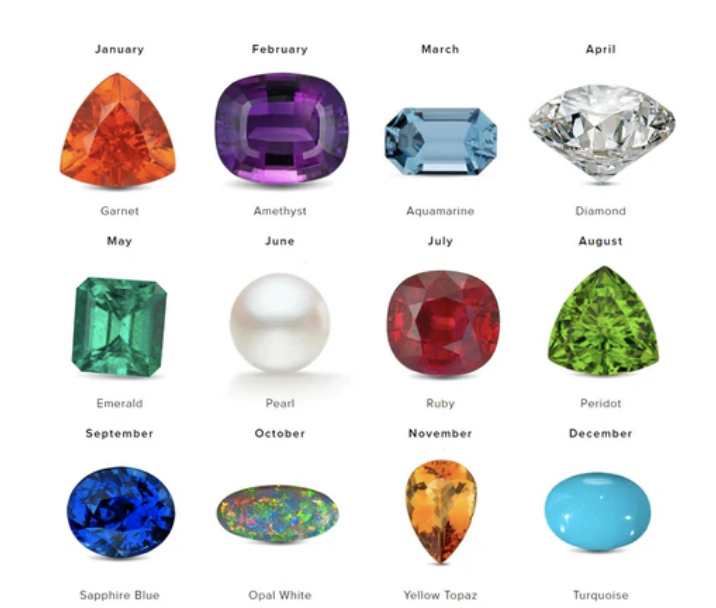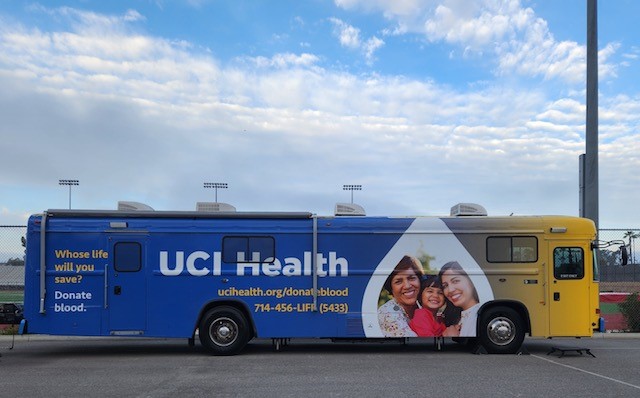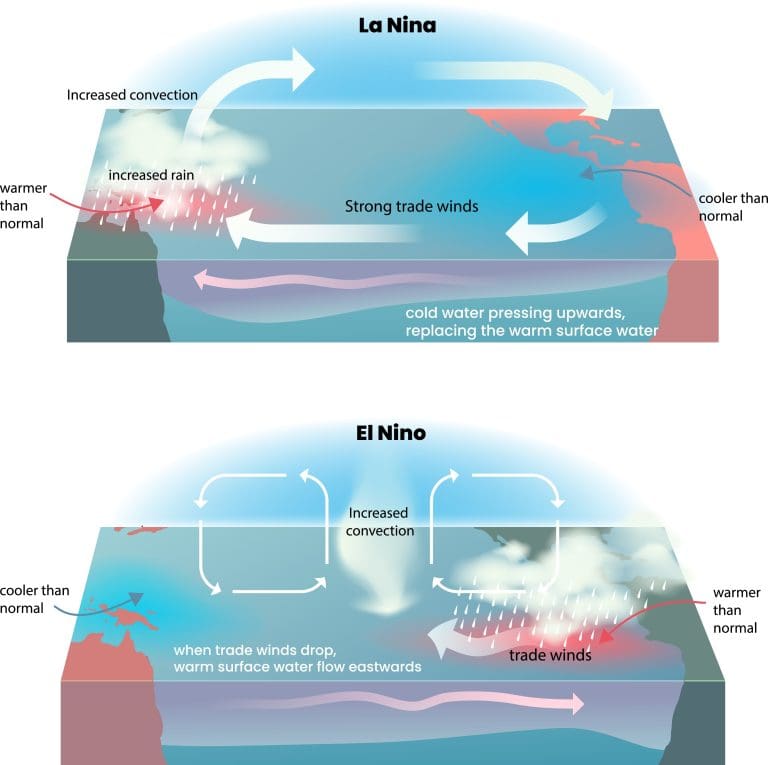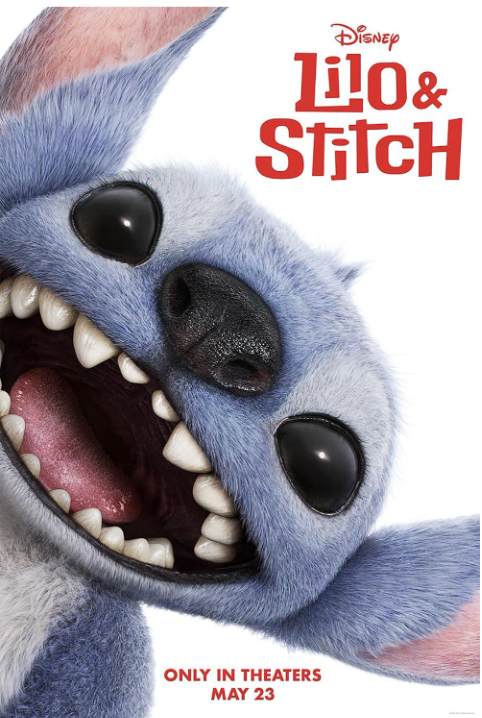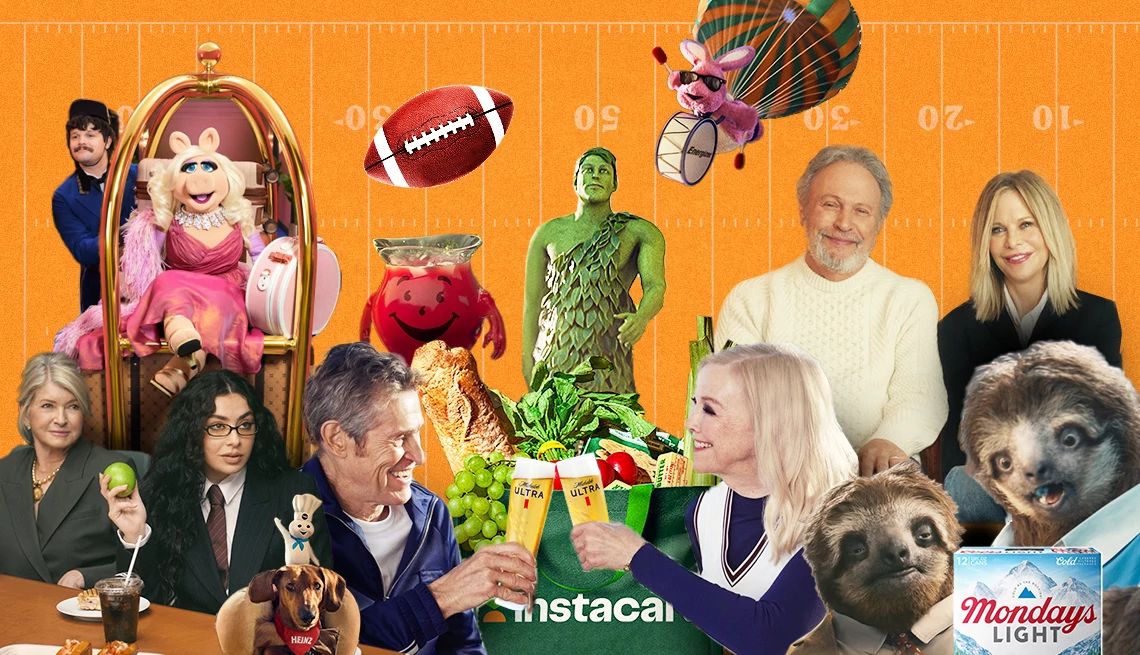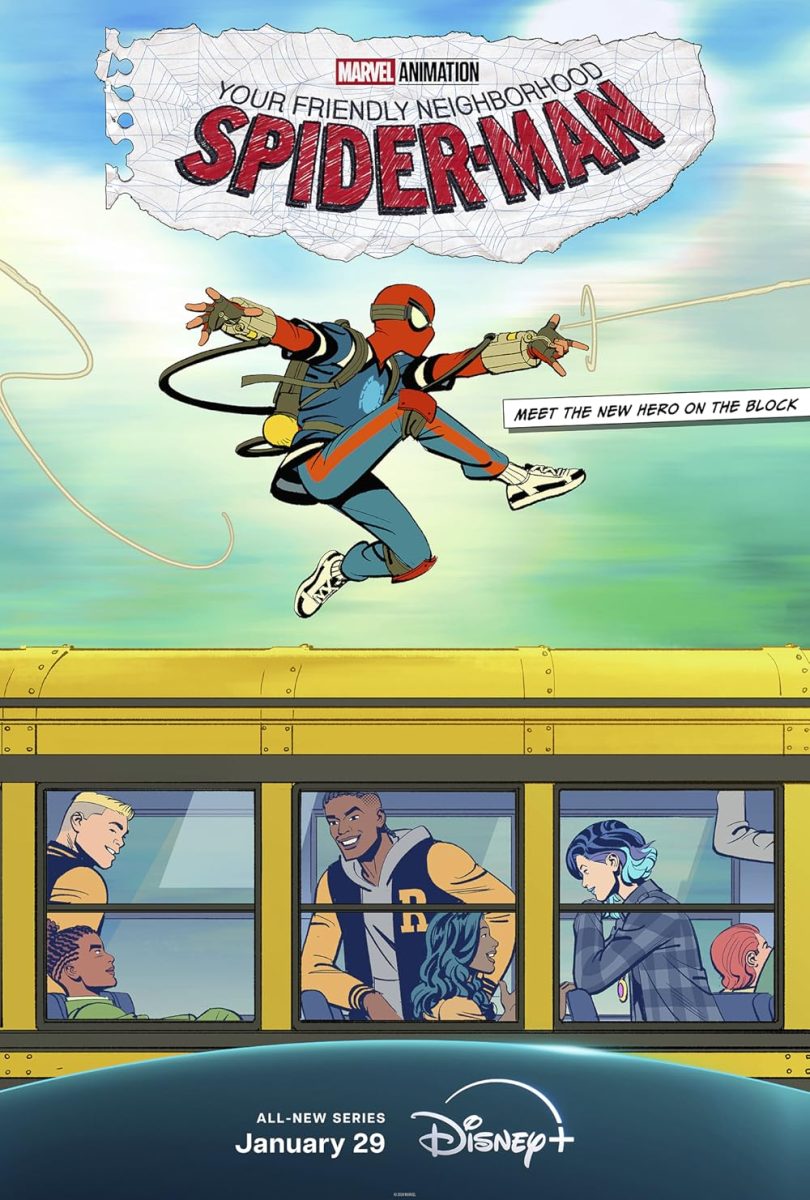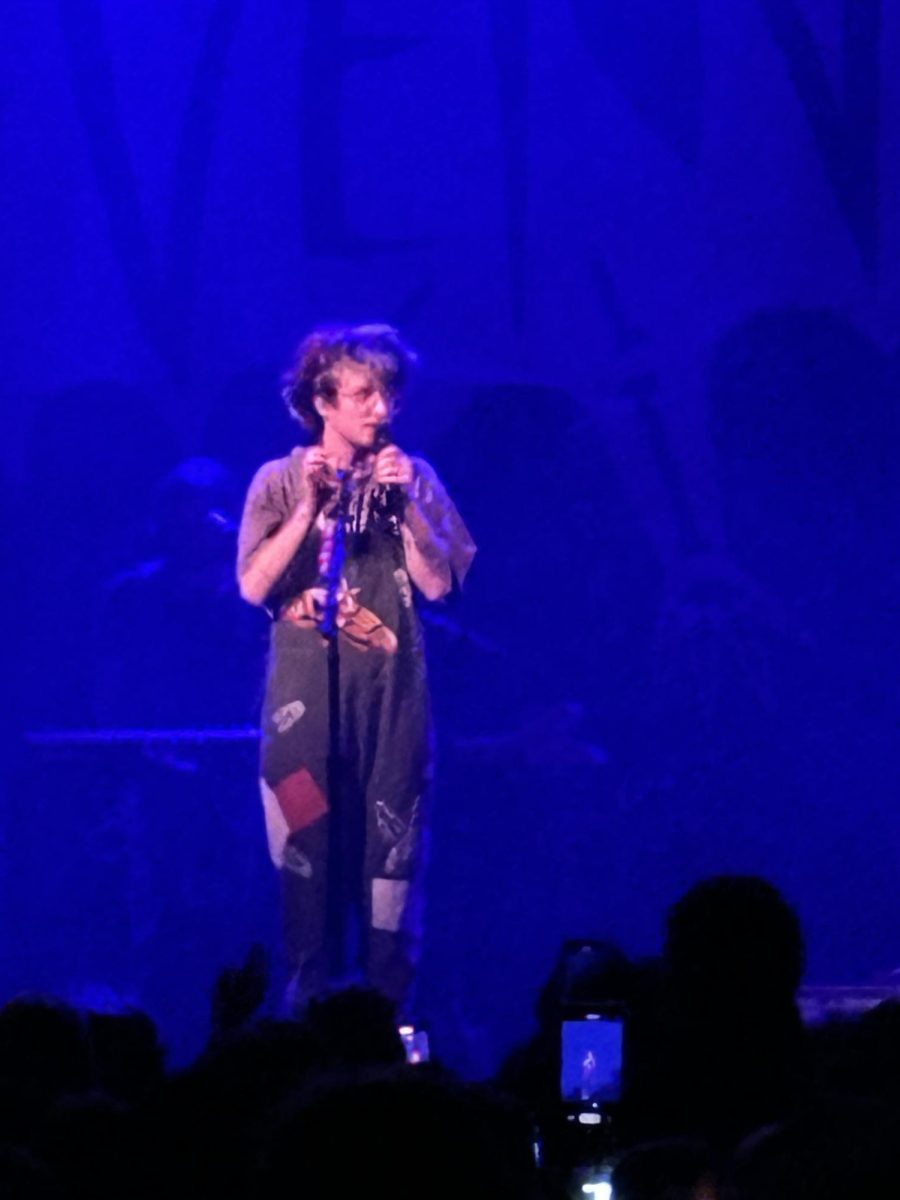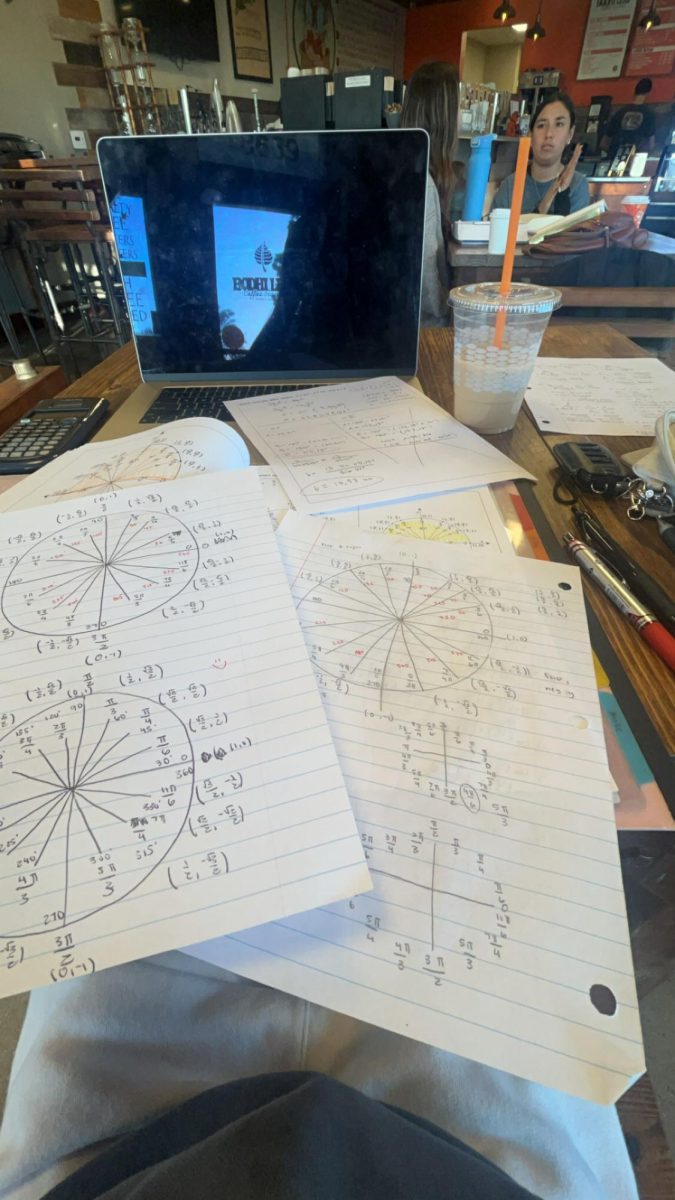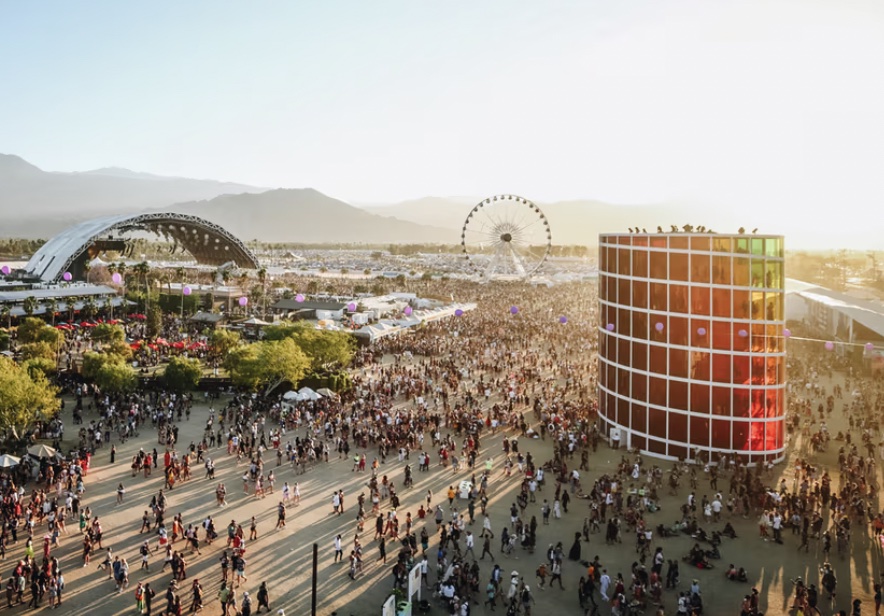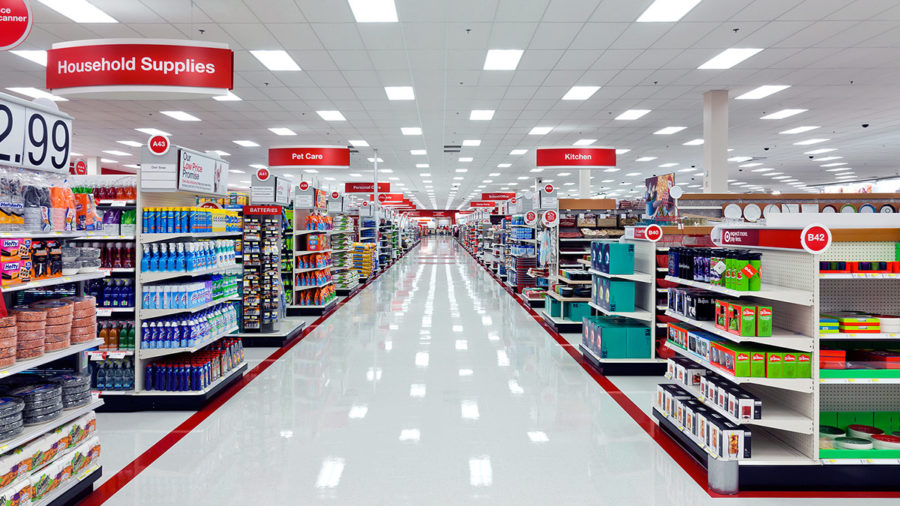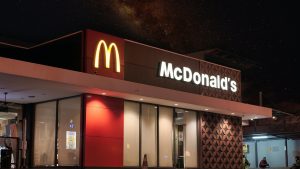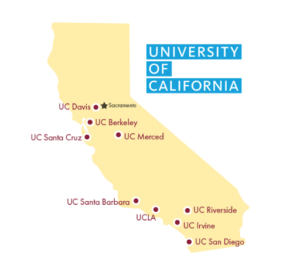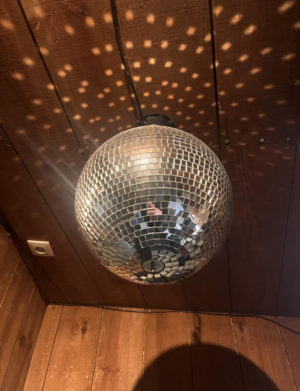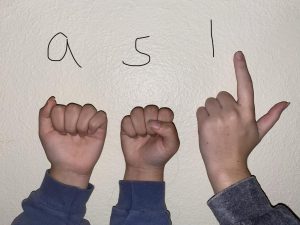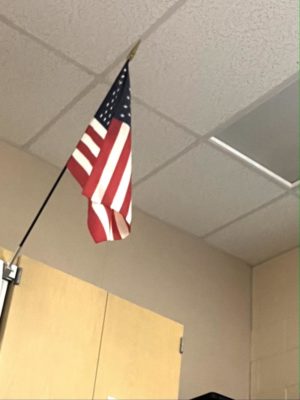The Target Effect: How Store Layouts Affect Customers
Spacious, brightly lit aisles at Target compel customers into staying for longer, increasing the inclination to spend more money.
October 17, 2022
Walking into Target is like getting absorbed into a rabbit-hole of sprees of shopping and browsing. It is nearly impossible to simply buy the one thing that makes their way to the top of the shopping list; instead, leaving Target means walking out with a full cart. In one fell swoop, an apocalyptic stash of groceries, clothes, and trinkets from the dollar section have made it into the trunk of yet another victim of the Target Effect.
The Target Effect is the encompassing idea of the psychological effect that customers experience when compelled to buy something because of the ambience, store layout, and various sensory factors. The stores are well lighted and vibrant, the aisles are spacious, and the stock is attractively ordered and distributed in a way that’s not overwhelming. Music, generally popular songs at a pleasant and comfortable volume, may be heard playing in the background as well, adding to the enjoyable ambience. This is why shopping at Target is so engaging, and also why many wind up staying longer than they intended. Furthermore, studies have revealed that the longer an individual spends at a store, the more inclined they are to spend money.
Location is extremely significant and decisive to how a customer spends their time and money. Specific products are strategically placed throughout the store; for instance, essentials such as groceries are usually located towards the back of the store so the entire store must be explored before arriving at the desired destination. The Starbucks at the forefront of most Targets provides customers with a strolling snack or drink, contributing to the comfort and sensory factor to remain in the store for longer. In addition, the dollar section is also deliberately situated at the anterior of the store. A plethora of useless knick-knacks are the first to be seen, but they’re most often so cheap that you don’t hesitate to throw them in your shopping basket.
Target’s strategy to lure customers starts with the simple senses of humans; satisfying customers with Starbucks’ music, orderly and spacious aisles, fluorescent light fixtures, and more are all methods to convince a customer to spend more time and buy more things in Target. Xenia Lee (9) adds,
“Oftentimes I go into Target needing one thing, but come out with several random items. The Target Effect dissects why many of us fall under the trap of spending more money and time in Target.”

